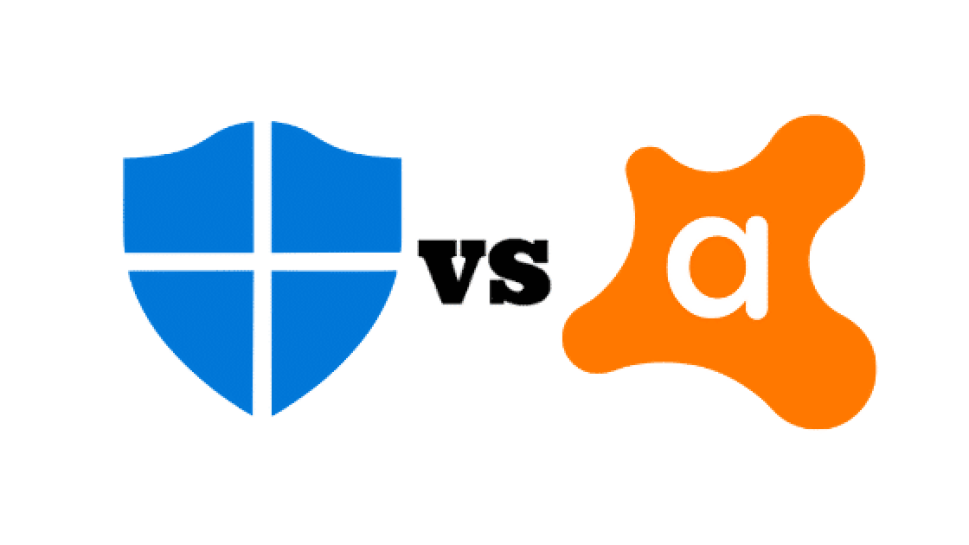Real-time monitoring and data protection is on everybody’s mind when it comes to surfing the web or downloading productive applications used in daily working environments especially when downloading software from third-party sources that may contain malware. For this review, we are going to compare Avast vs Windows Defender to determine the overall winner for best antivirus as well as best threat protection in 2019 for Windows PC’s and Laptops.
Windows Defender Key Features
Being an integrated option as apart of the Windows Security Essentials dating back with Windows Vista to now being included in the Windows 10 Operating System, Windows Defender serves as both a real-time anti-virus and anti-malware solution.
Windows Defender provides a built-in firewall that makes customization of rule parameters for inbound and outbound traffic.
Besides the build-in firewall, Windows Defender provides a more advanced approach that can be difficult for any basic PC user to understand and use such as defining scope of IP addresses to setting up remote connections that would be allowed to use applications permitted through the firewall.
Besides being both an anti-malware and anti-virus solution, Windows Defender provides an advanced security view within the firewall configuration.
Even-though these such advanced firewall settings should not be fretted over for Windows 10 Home operating systems and configuration for a gaming pc, it would be priority within Windows 10 Enterprise operating system version that require stricter firewall rules.
Windows Defender has a SmartScreen Filter which is a browser filtering feature that would prevent malicious applications and files downloaded from the Internet from being stored on your computer as well as providing a safeguard in terms of entering potentially malicious or unknown websites that are not secure.
Beyond an anti-virus solution, Windows Defender works hand-in-hand with the Windows Hello feature which is a biometric security measure that would bypass the standard authentication method of typing in your password from the splash screen and instead use your webcam to conduct facial recognition or a fingerprint reader (only available with touchscreen laptops or if you have a USB fingeprint reader) in order to authenticate you into your Windows 10 OS.
Avast Antivirus Features
Going above and beyond what Windows Defender can do as an anti-virus program to another program, Avast brings more variety into an anti-virus system where it not only provides anti-malware; but, other utility fetures into its program.
Just like Windows Defender, Avast has it’s own ransomware shield and a web filtering system that would protect data and warn you of unsecure websites on the fly.
The Wi-Fi Inspector in Avast can detect known wireless network vulnerabilities, determine network devices connected to the router, and understand router settings.
Beyond the standard anti-virus scanning system, Avast makes customization of how the local PC can be scanned with the first scan method being the boot-time scan that would perform advanced scanning before the Windows OS can boot up to scan the registry keys and critical system files…this method is used in the criteria if malware or rootkits are suspected to have been installed on the PC.
Another method of anti-virus scanning Avast uses is the targeted scan method which would allow the local PC user to scan only certain folders, files, hard disk drive locations, network drives, and any external drives (Flash Drives & External Hard Drives) stored outside of the local storage location.
This isn’t the only protection though, there is first an anti-phishing measure that guarantees protection of your computer’s DNS settings that would prevent redirects to fake websites used to spoofing personally identifiable information (PII) such as passwords, banking information, and social security numbers.
Another helpful feature Avast provides is a Wi-Fi inspector tool which would not just gather router settings; but, scan a user’s wireless local area network to determine if there are known vulnerabilities and then close up those back-doors.

